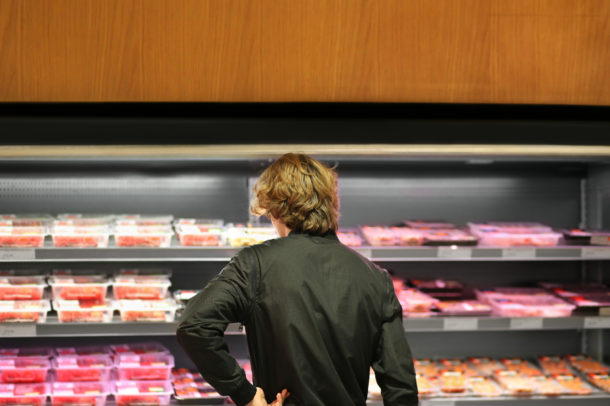Arti Sharma Parpia, MSc, RD
Since the phosphorus and potassium content of foods are not required to be listed on the Nutrition Facts table, it can present a real challenge to patients with chronic kidney disease. Because phosphorus and potassium additives are being used more often, foods that were never considered “high in phosphorus” or “high in potassium” are now high in these nutrients. Studies done in the United States and Europe showed that these additives greatly added to the amount of phosphorus and potassium in foods, but we were unsure if the results applied to foods in Canada since no Canadian studies have previously been done.
As a renal dietitian working with hemodialysis patients, it was always so frustrating for me not to know how much phosphorus and potassium was really in foods with additives! To help get a better sense, I studied foods with additives in more detail with the help of my master’s thesis supervisor, Dr. Pauline Darling and a team of nutrition professors and a nephrologist from the University of Toronto. We analyzed over 100 meat, poultry and fish foods that contained phosphorus and potassium additives to similar foods that did not contain additives.
Here are some of the highlights of our study:
- Phosphorus additives (such as sodium phosphate) and potassium additives (such as potassium lactate) were often found in processed, convenience and frozen meat, poultry and fish products.
- Foods with phosphorus additives contained an average of 70mg per 100g more phosphorus than foods without additives, but a few products contained as much as 500 mg of phosphorus. This is like drinking 2 cups of milk!
- Foods with potassium additives contained an average of 575 mg per 100g, which is more potassium than a banana!
- Meat, poultry and fish foods labelled as “sodium-reduced” contained 44% more potassium compared to foods are not “sodium reduced”. This is because potassium additives, such as potassium chloride, potassium lactate and potassium phosphate are often being used as a salt replacer.
- Fish that are bought from the fresh seafood counters are not required to show an ingredient list, but those foods may still contain phosphorus additives.
What you can do to keep phosphorus and potassium under control
- If you are following a low phosphorus or low potassium diet, avoid foods that list phosphorus and potassium additives on the ingredient list. Look for words that include ‘phos’ or ‘potassium’, such as :
- sodium phosphate
- sodium tripolyphosphate
- phosphoric acid
- potassium lactate
- potassium chloride
- potassium phosphate
- When buying sodium reduced foods, look out for potassium additives on the ingredient list and look for potassium on Nutrition Facts table.
- Try to choose fresh, uncooked meat, poultry and fish as often as possible
Acknowledgements: These studies were completed as a part of Arti Sharma Parpia’s master’s thesis in nutritional sciences at the University of Toronto. Her thesis supervisor was Dr. Pauline Darling, who is now an assistant professor at the University of Ottawa. Her thesis committee members included Dr. Mary L’Abbé, Dr. Marc Goldstein, Dr. Joanne Arcand, and Dr. Bernadene Magnuson. The studies were funded by the Canadian Foundation of Dietetic Research.


A can of tuna that is low in sodium but has 150mg of potassium. I made 7 sandwiches. do I divide that by 7. so that would equal 21.4mg per sandwich. Is that correct? If that how I am to find out? thanks Marg
Let us check that for you. I will post the reply here.
A can of tuna that is low in sodium but has 150mg of potassium. I made 7 sandwiches. do I divide that by 7.
Let us check that for you. I will post the reply here.